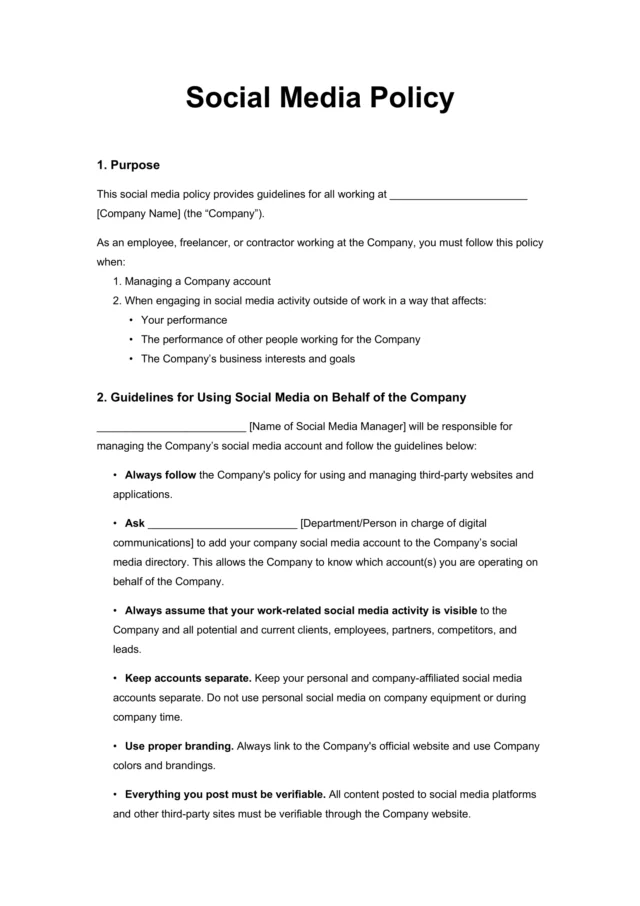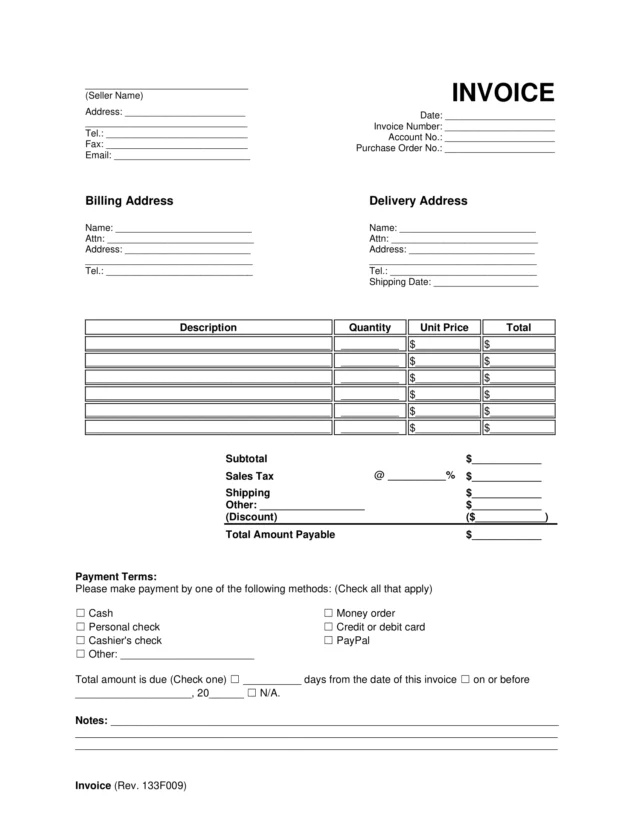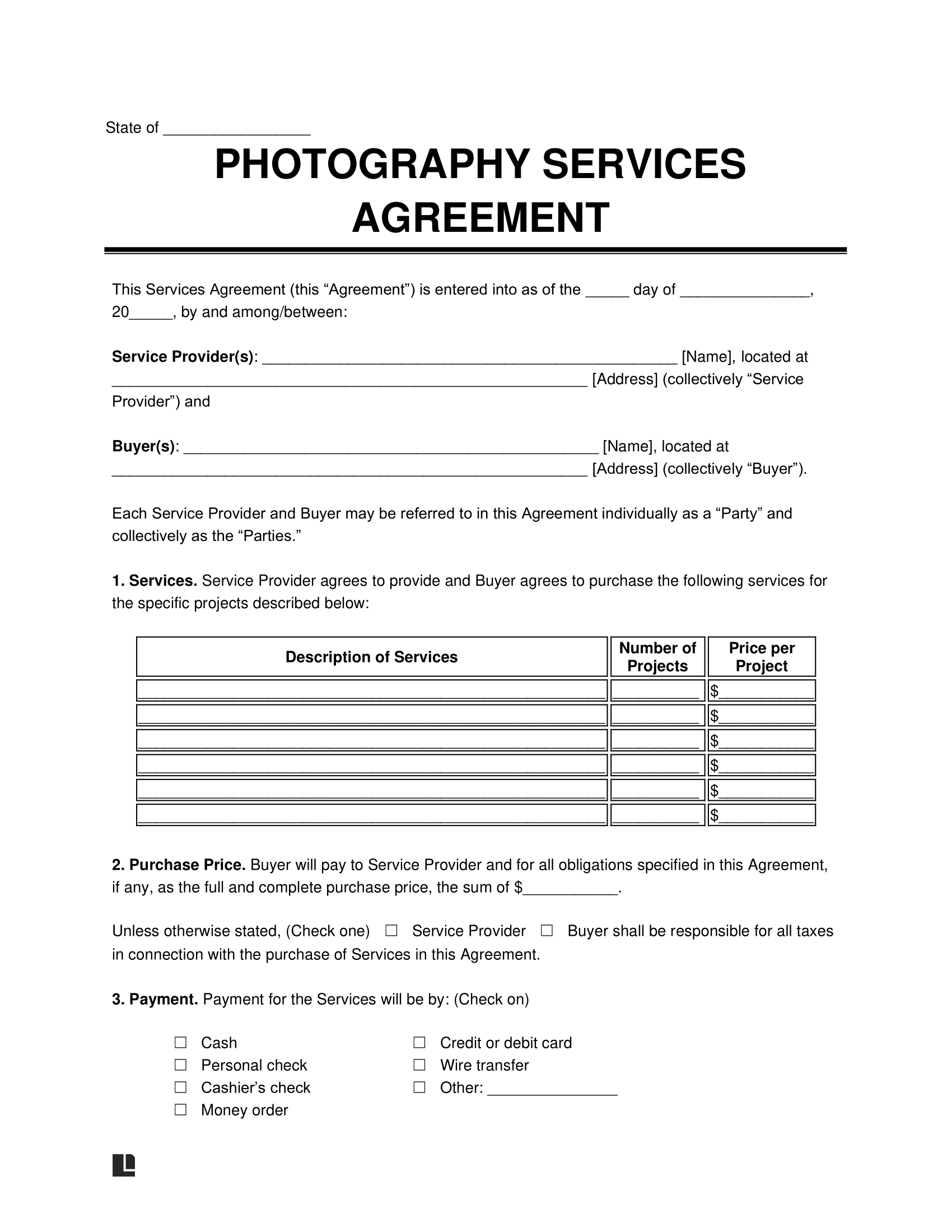What Is a Photography Contract?
A photography contract is a written agreement between a photographer and a client. It records the terms of a photography project and confirms what both sides have agreed to. Most contracts cover the:
- Services provided
- Payment terms
- Deliverables included
- Ownership and usage rights
Photography contracts are treated as service agreements and usually fall under state law, which means they can look different in practice. For example, New York law makes it a crime to use someone’s likeness for ads without consent, while Florida lets people sue over unauthorized commercial use.
Alongside these state rules, US copyright law kicks in the moment a photo is taken, giving photographers control over how their work gets used and shared.
Why Use a Photography Contract?
Every strong photographer-client relationship starts with a clear photography contract. It defines what work is included and explains the payment and refund terms, so both sides know what to expect. It also addresses copyright and licensing rights, making clear who owns the photos and how they can be used.
Beyond the legal details, a photography contract adds professionalism and shows clients that the photographer takes their business seriously. Most importantly, it provides a reliable reference both parties can turn to if issues come up.
What to Include in a Photography Contract
Every shoot has moving parts, and a photography contract should cover them in detail. To do that, start by asking the right questions. Here’s what your contract should answer clearly:
- Who are the parties? List the full names and addresses of the photographer and the client. This confirms who is legally bound by the agreement.
- What services are included? Describe the type of shoot, the scope of work, and whether it’s a single session or ongoing. The clearer this section is, the easier it is to manage expectations.
- How will payment work? Include the total cost, deposit amounts, due dates, taxes, and accepted payment methods. If you use a payment agreement, outline the schedule and terms clearly. Also note when photography invoices will be sent and how they should be paid.
- When will photos be delivered? State the turnaround time for proofs and final files. You can also include whether the client has approval rights before the final delivery.
- What happens if the shoot is canceled? Define the refund and rescheduling policy. This covers situations where either the client or the photographer can’t move forward.
- Can rights be transferred? Note if either party is allowed to assign their rights to someone else. This avoids issues if circumstances change.
- How will disputes be handled? Explain whether disagreements will be resolved in court, through arbitration, or with mediation. Setting this in advance saves time if problems arise.
- Who owns the photos? Clarify copyright ownership and explain how the images may be used, edited, or reused. This is key to protecting the photographer’s work.
- Can photos be used for marketing? Add a photo release that lets the photographer use the images in portfolios, social media, or promotional material. Clients should know how their photos might appear publicly.
- What if an emergency happens? Name a backup photographer or describe the process for finding one. This ensures the client is covered even if the original photographer can’t attend.
- What if part of the contract is invalid? A severability clause makes sure the rest of the contract still applies, even if one section is struck down. Be sure to include which state’s law governs the transaction.
-
What extra terms apply? A basic photography contract often needs extra terms depending on the type of shoot. To make sure the agreement fits, it helps to adjust the details for each situation.
Type of Photography Contract What It Covers Commercial Licensing terms, usage rights, and how long the client can use the images Boudoir Privacy, model releases, and limits on sharing the photos Event Hours covered, overtime rules, and any gear requirements Wedding Second shooter details, venue rules, and delivery timelines Portrait Number of retouching rounds and how extra edits are handled
A basic photography contract works best when these elements come together. It helps prepare for real situations and protects both sides. Once the terms are clear, the shoot can move ahead without issues, especially if you start with a photography contract template.
Cover Your Videography Shoots
Shooting video instead of photos? A videography contract should include the same basics as a photography contract, plus details on editing rounds, raw footage rights, and final video formats.
Photography Contract Example
To make this clearer, here’s a filled-in photography services contract example. It follows the photography contract template exactly, with the project descriptions and costs entered into the table.
State of California Rev. 134FE66
SERVICES AGREEMENT
This Services Agreement (this “Agreement”) is entered into as of the 1st day of November, 2025, by Pacific Creative Agency, Inc., located at 2450 Sunset Boulevard, Suite 300, Los Angeles, CA 90026 (collectively “Service Provider”) and Greenfield Organics, LLC, located at 8920 Valley Parkway, San Diego, CA 92123 (collectively “Buyer”). Each Service Provider and Buyer may be referred to in this Agreement individually as a “Party” and collectively as the “Parties.”
1. Services. Service Provider agrees to provide and Buyer agrees to purchase the following services for the specific projects described below:
Project Description Cost Wedding day photography coverage (8 hours) $4,200 Engagement photo session $800 Editing and delivery of 300 final images $500 20-page custom wedding album $1,200 Two framed large-format prints (16x20) $600 2. Purchase Price. Buyer will pay to Service Provider and for all obligations specified in this Agreement, if any, as the full and complete purchase price, the sum of $28,000.
Unless otherwise stated, Buyer shall be responsible for all taxes in connection with the purchase of Services in this Agreement.
3. Payment. Payment for the Services will be by electronic funds transfer, according to the following schedule:
$14,000 due upon signing this Agreement, and then monthly installment payments in the amount of $1,000 until the purchase price has been paid in full.
4. Security Interest. Buyer hereby grants to Service Provider a security interest in any final products resulting from said services, until Buyer has paid Service Provider in full. Buyer shall sign and deliver any document needed to perfect the security interest that Service Provider reasonably requests.
5. Force Majeure. Service Provider shall not be responsible for any claims or damages resulting from any delays in performance or for non-performance due to unforeseen circumstances or causes beyond Service Provider’s reasonable control.
6. Limitation of Liability. Service Provider will not be liable for any indirect, special, consequential, or punitive damages (including lost profits) arising out of or relating to this Agreement or the transactions it contemplates.
Sample Photography Contract
Take a look at a photography contract sample to see how the details work in practice. Then customize our free photography contract template before downloading it in Word or PDF.









